Cairo, the capital of Egypt, is a city that embodies the rich history and vibrant culture of the nation. Known for its stunning ancient monuments, bustling bazaars, and lively streets, Cairo is a city that never sleeps. It is the largest city in the Arab world and Africa. Cairo is located in the northern part of Egypt, along the banks of the Nile River. Cairo’s population is estimated to be over 20 million people, making it one of the most populous cities in the world.
Cairo, the sprawling capital of Egypt, and Giza, its neighboring city, are two of the most iconic locations in the world, offering a unique blend of ancient history and contemporary culture. These cities are renowned for their monumental contributions to human civilization, most notably their ancient monuments, rich cultural heritage, and vibrant urban life.
Cairo has been a center of political and cultural life for centuries. The city was founded in AD 969 by the Fatimid dynasty and has since grown into a major metropolis. Throughout its history, Cairo has been influenced by various civilizations, including the Pharaonic, Roman, Byzantine, and Islamic periods.Today, Cairo is a dynamic city that blends the old and new. Modern skyscrapers stand alongside ancient mosques and medieval markets. The city is also a hub for cultural festivals, music, and art.

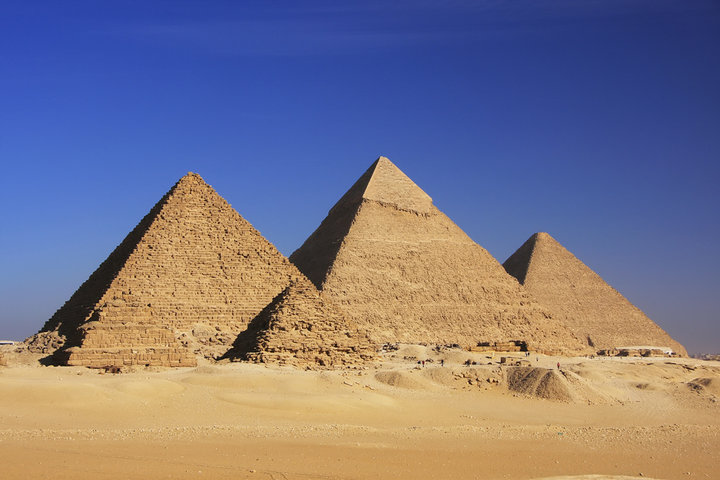

The Pyramids of Giza consist of three main pyramids: the Great Pyramid of Khufu, the Pyramid of Khafre, and the Pyramid of Menkaure. The Great Pyramid, one of the Seven Wonders of the Ancient World, stands at an original height of 146.6 meters and was the tallest man-made structure for over 3,800 years.
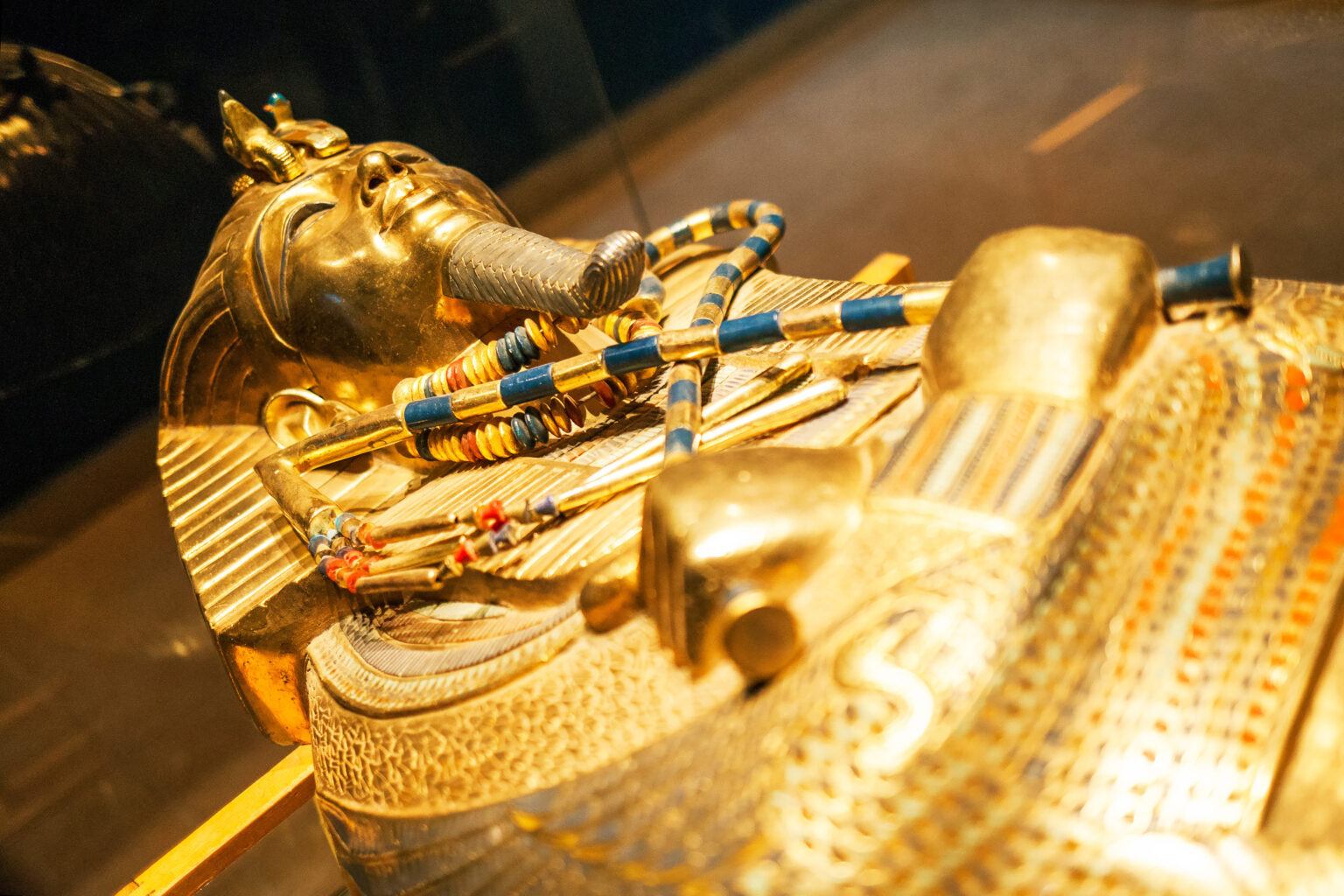
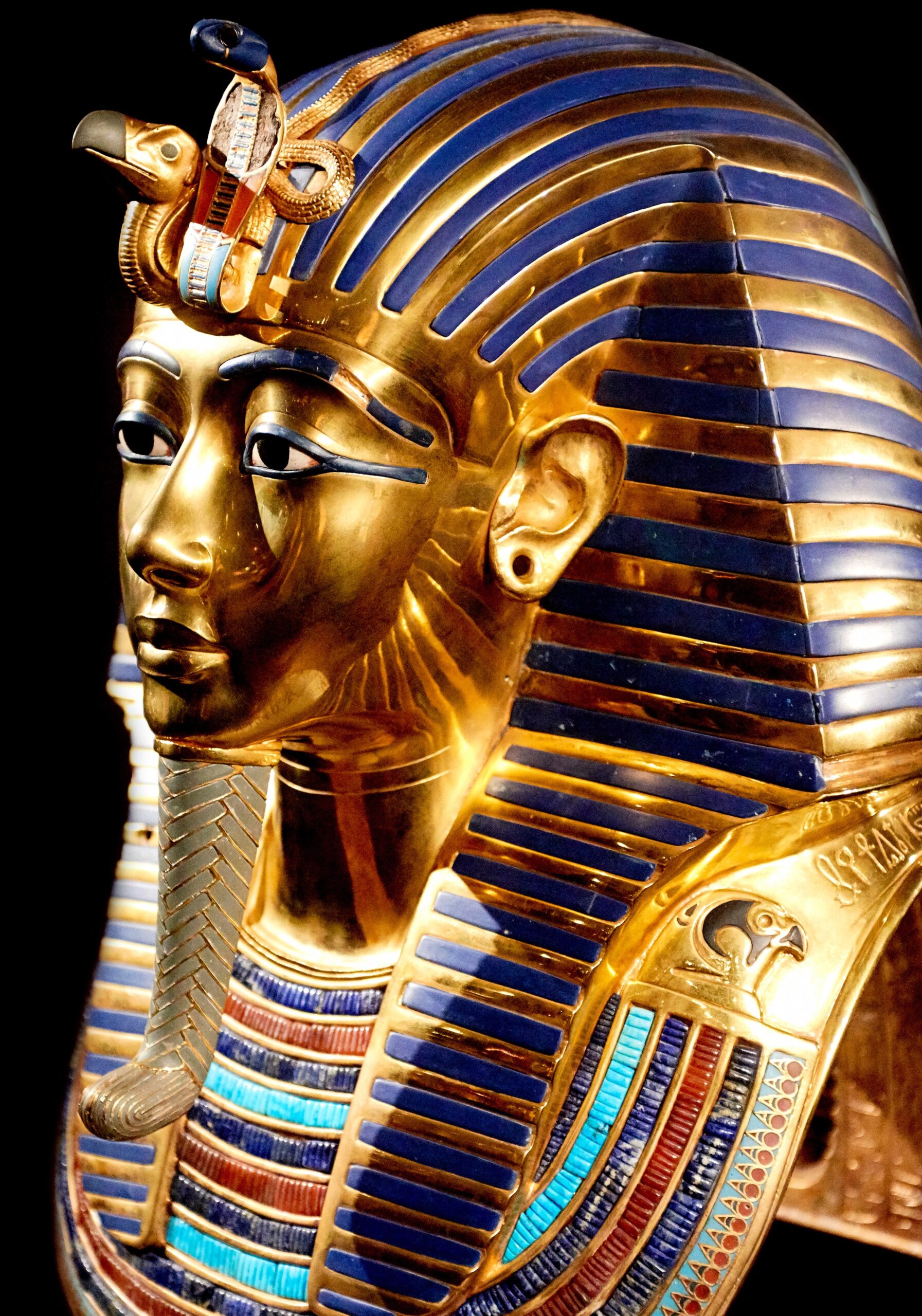

Located in Tahrir Square, Cairo, the Egyptian Museum houses over 120,000 artifacts, including the treasures of Tutankhamun, royal mummies, and a vast collection of ancient Egyptian art and relics. Established in 1902, the museum has played a crucial role in preserving and showcasing Egypt’s rich archaeological heritage. Its collections span from the Prehistoric period to the Greco-Roman era
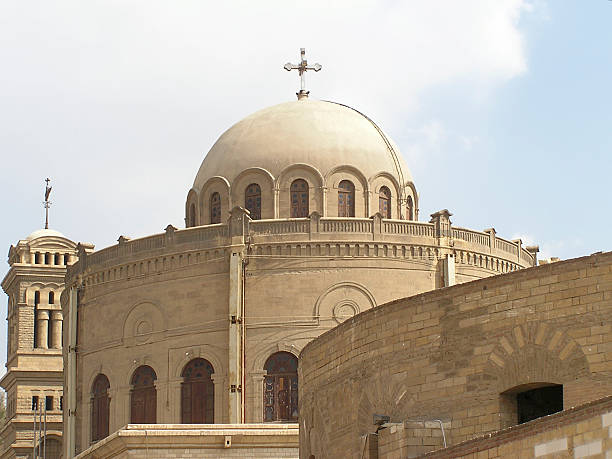
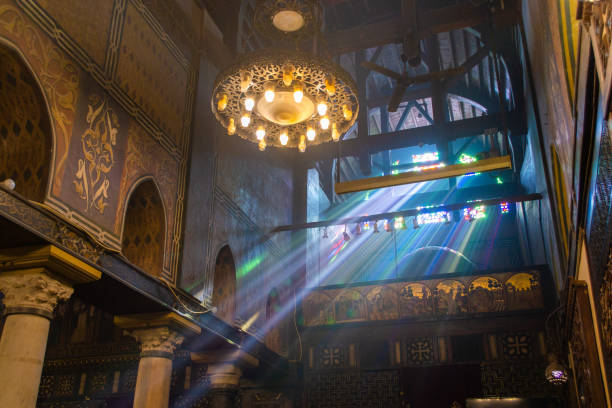
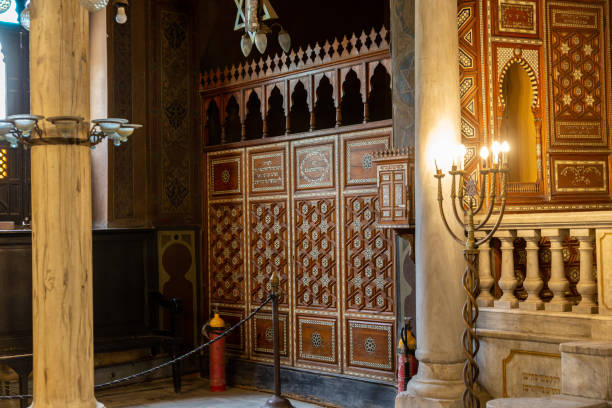
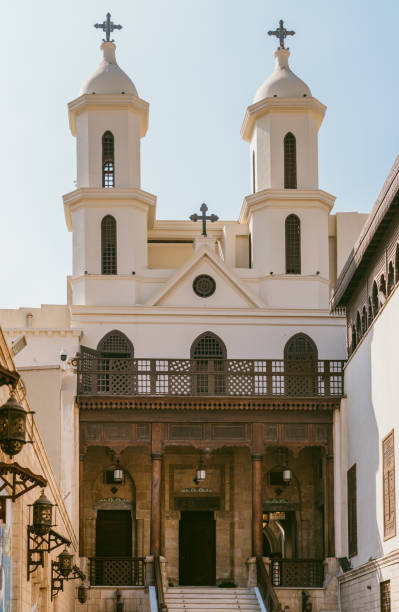
This historic area is home to several significant Christian sites, including the Hanging Church, the Coptic Museum, and the Ben Ezra Synagogue. The area reflects the rich heritage of Egypt’s Coptic Christian community. Coptic Cairo dates back to the early Christian era and provides a glimpse into Egypt’s diverse religious history. The Hanging Church, one of the oldest in Egypt, dates back to the 3rd century CE.
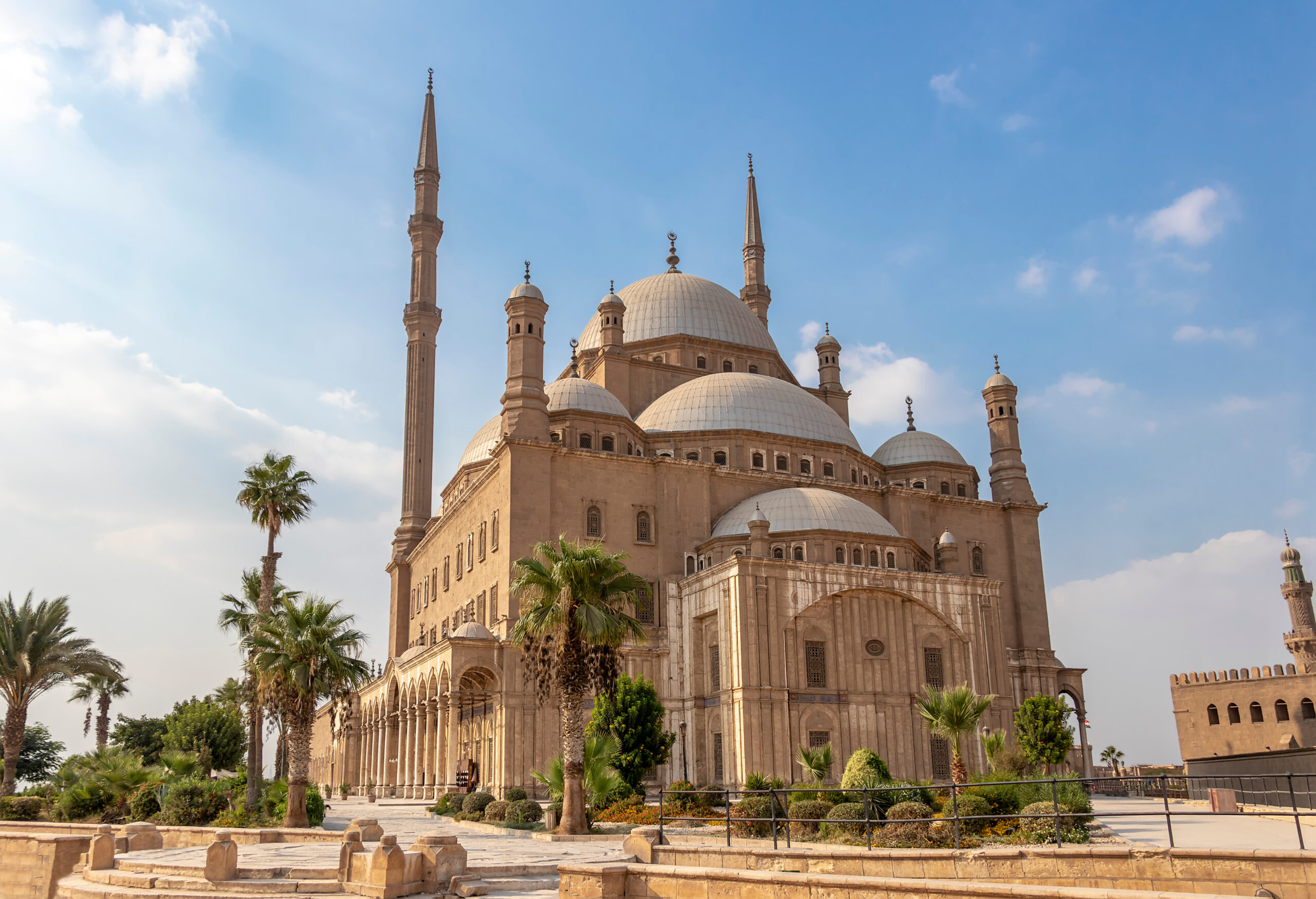
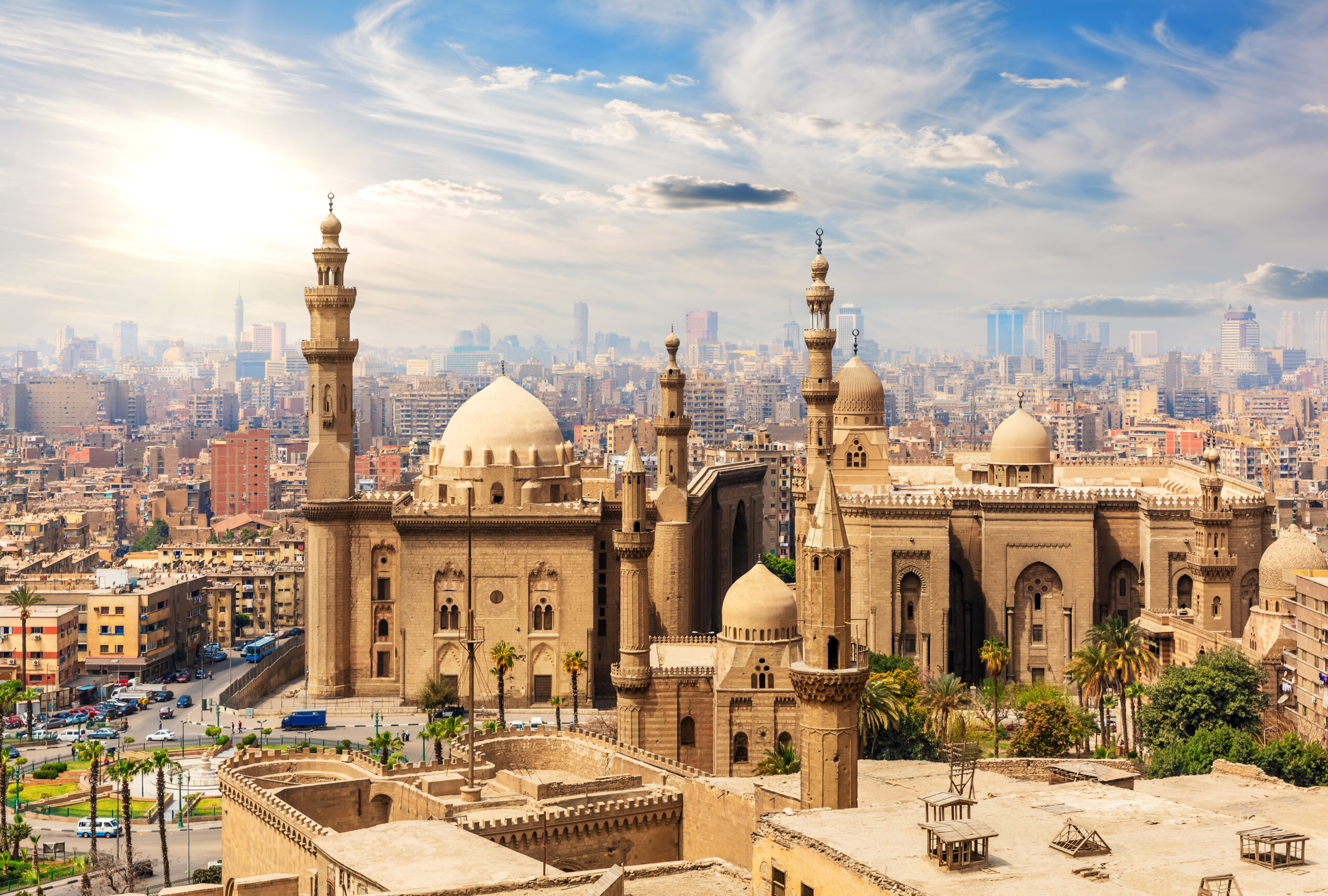
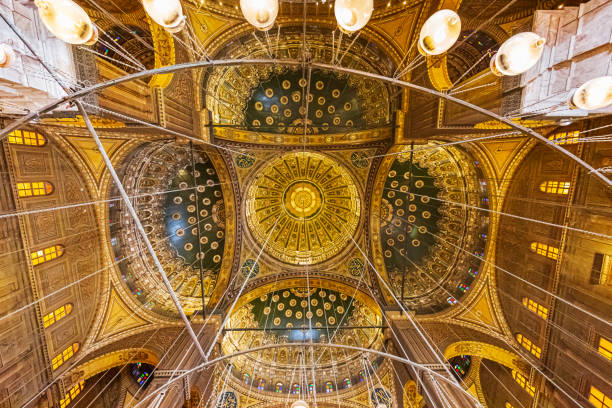
This historic district is characterized by narrow streets, bustling markets, and numerous mosques, madrasas, and palaces. Notable sites include the Mosque of Ibn Tulun, the Sultan Hassan Mosque, and the Alabaster Mosque. Islamic Cairo, with its myriad of architectural marvels, reflects the rich cultural and religious history of the Islamic dynasties that ruled Egypt. The area developed significantly during the Fatimid, Ayyubid, and Mamluk periods, becoming a center of Islamic art and learning.



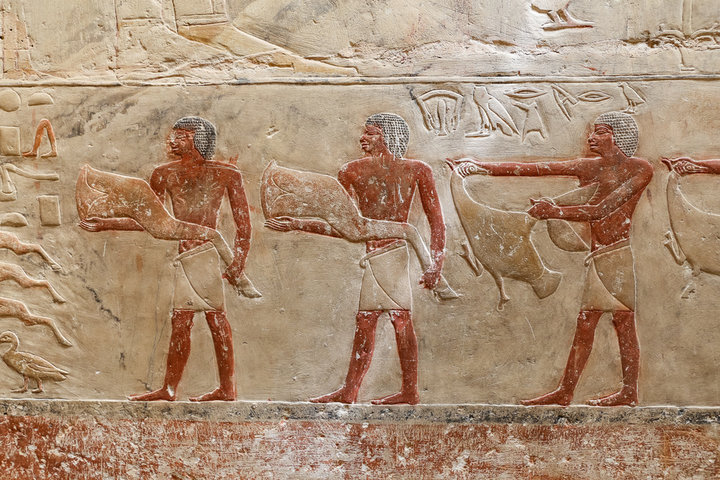
Saqqara is an extensive ancient burial ground serving as the necropolis for the ancient capital, Memphis. It is home to the Step Pyramid of Djoser, the oldest stone pyramid in Egypt. Dating back to the 27th century BCE, Saqqara’s monuments represent some of the earliest architectural innovations in ancient Egypt. The Step Pyramid, designed by the architect Imhotep, marks a significant advancement in pyramid construction.
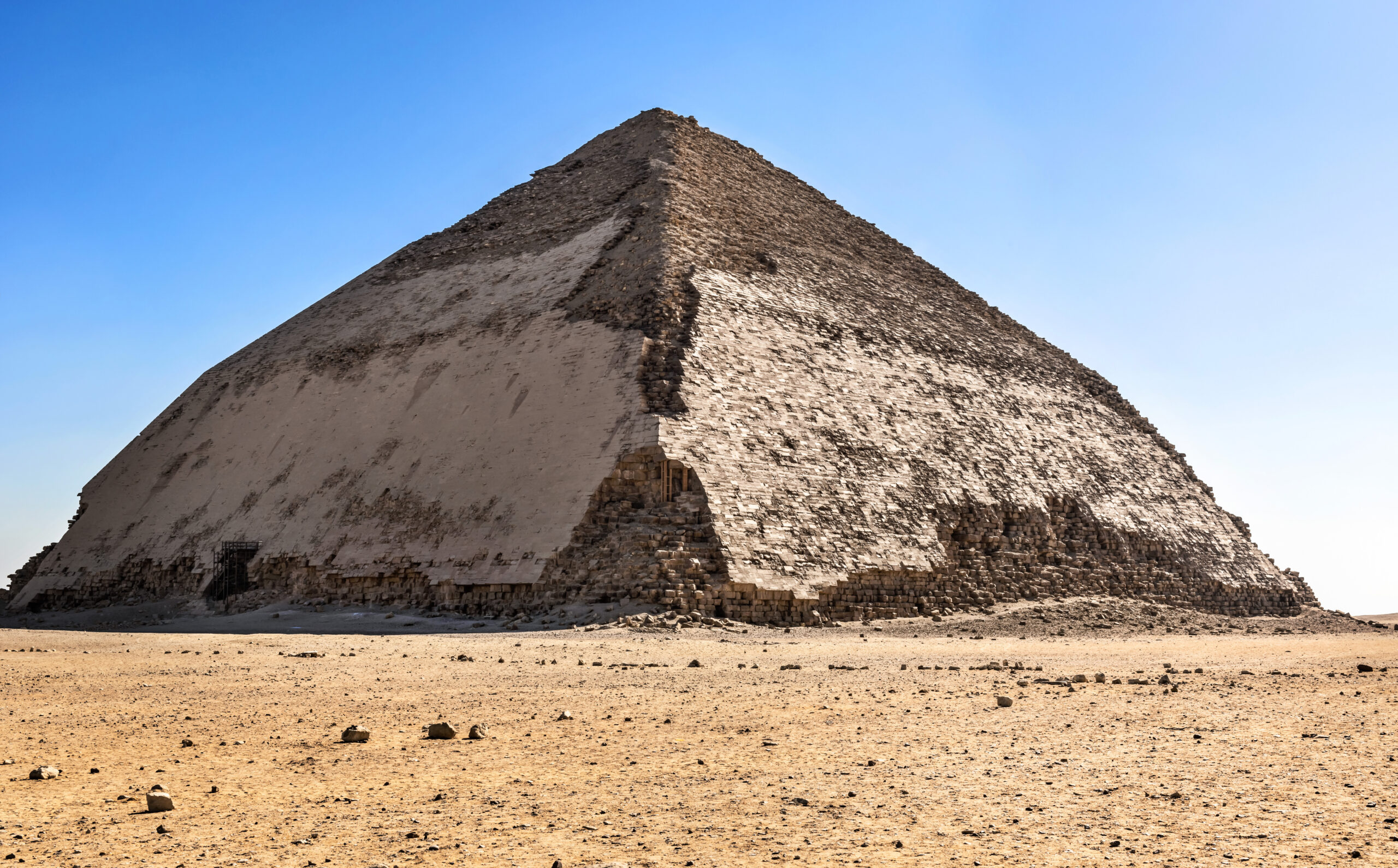
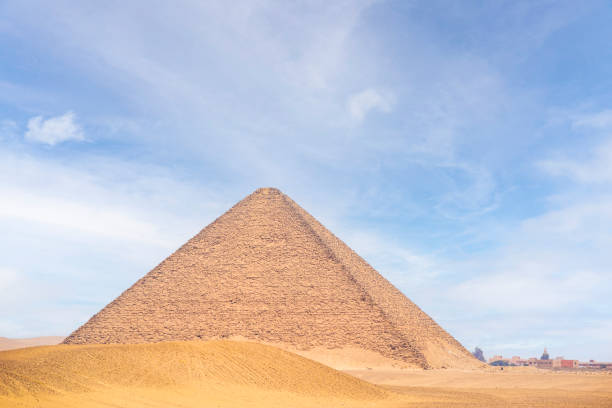
Dahshur, located approximately 40 kilometers south of Cairo, is a lesser-known yet profoundly significant archaeological site that offers a more tranquil and less crowded alternative to the more famous Giza plateau. Dahshur is home to some of Egypt’s earliest and most intriguing pyramids, including the Bent Pyramid and the Red Pyramid. These structures represent critical advancements in ancient Egyptian pyramid construction and provide unique insights into the architectural experimentation that characterized the Old Kingdom period.
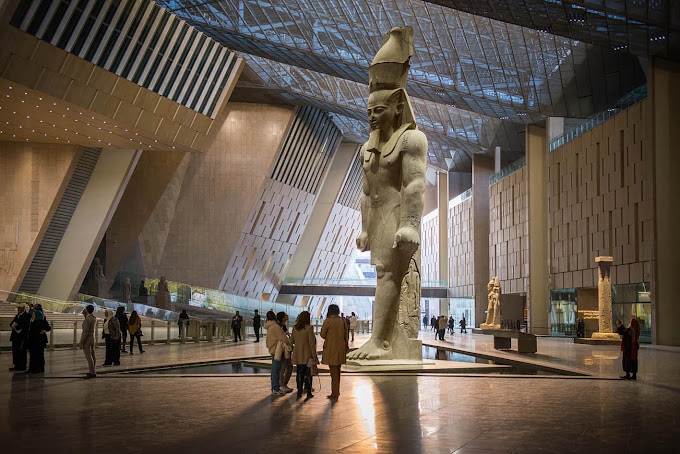
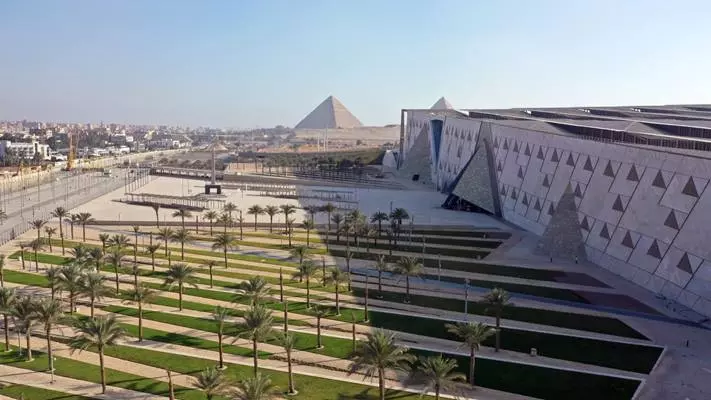
The Grand Egyptian Museum (GEM), also known as the Giza Museum, is set to be the largest and most significant archaeological museums in the world. Located near the Giza Pyramids, this museum is designed to house and display an unparalleled collection of ancient Egyptian artifacts, providing a new home for treasures currently housed in other museums and storerooms. The museum is not fully opened and visitors have limited access.
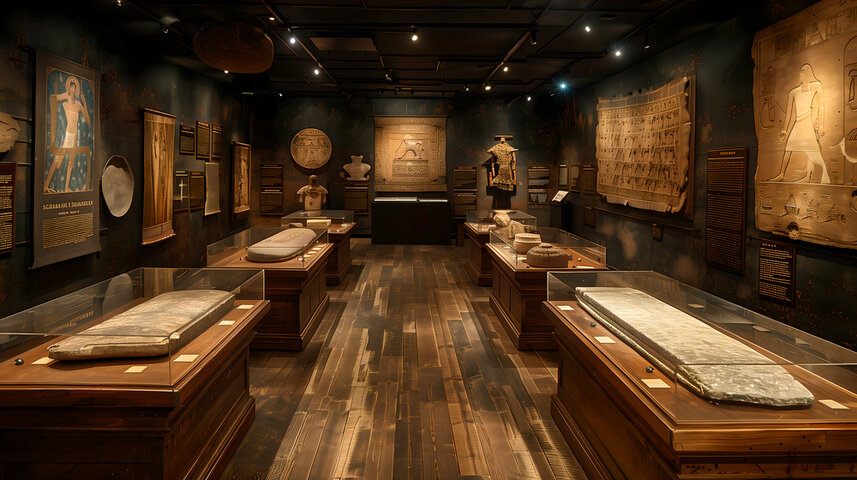

The National Museum of Egyptian Civilization (NMEC) is one of the most significant cultural projects in Egypt, designed to showcase the rich tapestry of Egyptian civilization from prehistoric times to the present day. Located in Fustat, Cairo, the museum offers a comprehensive overview of the various stages of Egyptian history, emphasizing the cultural achievements and contributions of the Egyptian people through the ages.
Top 10 Tourist Attractions
Dahshur: The Hidden Gem of Ancient Egypt
Dahshur, located approximately 40 kilometers south of Cairo, is a lesser-known yet profoundly significant archaeological site that offers a more tranquil and less crowded alternative to the more famous Giza plateau. Dahshur is home to some of Egypt’s earliest and most intriguing pyramids, including the Bent Pyramid and the Red Pyramid. These structures represent critical advancements in ancient Egyptian pyramid construction and provide unique insights into the architectural experimentation that characterized the Old Kingdom period.
Historical Background
Dahshur served as a royal necropolis during the Old Kingdom, particularly during the reign of Pharaoh Sneferu (circa 2613–2589 BCE), the founder of the Fourth Dynasty. Sneferu’s ambitious building projects at Dahshur laid the groundwork for the development of the classic pyramid design seen at Giza. The site continued to be used sporadically throughout the Middle Kingdom and later periods, but its primary significance lies in its Old Kingdom monuments.
Top Attractions in Dahshur
Significance of Dahshur
Dahshur’s significance lies in its role as a testing ground for pyramid construction techniques. The lessons learned from the architectural experiments conducted here were crucial for the development of later, more successful pyramids. The site also offers a more intimate and less commercialized experience compared to Giza, allowing visitors to explore these ancient wonders with fewer crowds and a more relaxed atmosphere.
Visiting Dahshur
A visit to Dahshur provides a unique opportunity to witness the evolution of pyramid construction firsthand. The site is less frequented by tourists, providing a peaceful and contemplative environment. Travelers can explore the pyramids up close, often without the large crowds that are typical at other major sites. This allows for a more personal and in-depth exploration of the ancient structures and their surroundings.
The National Museum of Egyptian Civilization (NMEC)
The National Museum of Egyptian Civilization (NMEC) is one of the most significant cultural projects in Egypt, designed to showcase the rich tapestry of Egyptian civilization from prehistoric times to the present day. Located in Fustat, Cairo, the museum offers a comprehensive overview of the various stages of Egyptian history, emphasizing the cultural achievements and contributions of the Egyptian people through the ages.
Historical Background
The NMEC was officially inaugurated in 2017, although its development began many years earlier with the aim of creating a state-of-the-art institution dedicated to Egyptian heritage. The museum is a testament to Egypt’s long-standing commitment to preserving and presenting its historical and cultural legacy. It complements other major museums in Cairo by focusing on the broader scope of Egyptian civilization, rather than just the ancient periods.
Highlights of NMEC
The Grand Egyptian Museum (GEM)
The Grand Egyptian Museum (GEM), also known as the Giza Museum, is set to be one of the largest and most significant archaeological museums in the world. Located near the Giza Pyramids, this museum is designed to house and display an unparalleled collection of ancient Egyptian artifacts, providing a new home for treasures currently housed in other museums and storerooms.
Historical Background
The GEM project was initiated in 2002, with the aim of creating a modern facility that would serve as a world-class center for archaeology, conservation, and education. The museum is set to open its doors to the public in 2024, marking a new era in the preservation and presentation of Egypt’s ancient heritage. Its proximity to the Giza Pyramids creates a historical continuum, linking the ancient wonders directly with their historical artifacts.
Highlights of GEM
Visiting the NMEC and GEM
Visiting the NMEC and GEM offers a comprehensive and immersive experience of Egyptian civilization. The NMEC provides a broad overview of Egypt’s cultural history, while the GEM focuses on the grandeur of ancient Egypt with a particular emphasis on its most iconic artifacts. Together, these museums enhance the understanding of Egypt’s past and present, making them essential stops for anyone interested in the country’s rich heritage.
©2025 Elite Travel Gate All Rights Reserved